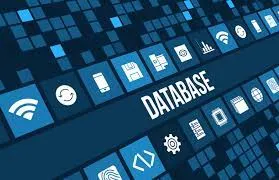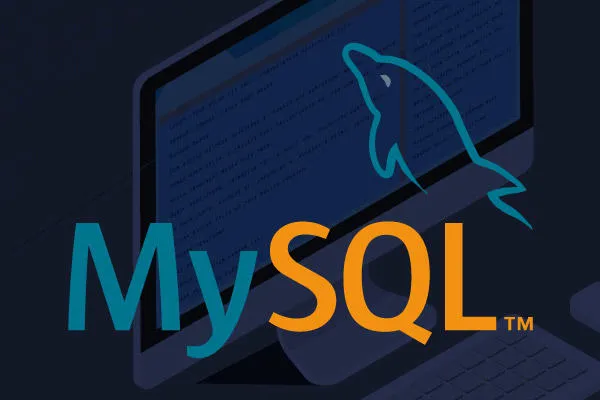
What is Data?
In simple words, data can be facts related to any object in consideration. For example, your name, age, height, weight, etc. are some data related to you. A picture, image, file, pdf, etc. can also be considered data.
What is Database?
A database is a systematic collection of data. They support electronic storage and manipulation of data. Databases make data management easy.
Let us discuss a database example: An online telephone directory uses a database to store data of people, phone numbers, and other contact details. Your electricity service provider uses a database to manage billing, client-related issues, handle fault data, etc.
Let us also consider Facebook. It needs to store, manipulate, and present data related to members, their friends, member activities, messages, advertisements, and a lot more. We can provide a countless number of examples for the usage of databases.
History of Database Management System
Here, are the important landmarks from the history:
1960 – Charles Bachman designed first DBMS system.
1970 – Codd introduced IBM’S Information Management System (IMS).
1976 – Peter Chen coined and defined the Entity-relationship model also know as the ER model.
1980 – Relational model becomes a widely accepted database component.
1985 – Object-oriented DBMS develops.
1990 – Incorporation of object-orientation in relational DBMS.
1991 – Microsoft ships MS access, a personal DBMS and that displaces all other personal DBMS products.
1995 – First Internet database applications.
1997 – XML applied to database processing. Many vendors begin to integrate XML into DBMS products.
What is MySQL?
MySQL is a database system used on the web
MySQL is a database system that runs on a server
MySQL is ideal for both small and large applications
MySQL is very fast, reliable, and easy to use
MySQL uses standard SQL
MySQL compiles on a number of platforms
MySQL is free to download and use
MySQL is developed, distributed, and supported by Oracle Corporation
MySQL is named after co-founder Monty Widenius's daughter: My
The data in a MySQL database are stored in tables. A table is a collection of related data, and it consists of columns and rows.
Databases are useful for storing information categorically. A company may have a database with the following tables:
- Employees
- Products
- Customers
- Orders

MySQL is an open-source relational database management system (RDBMS). Its name is a combination of "My", the name of co-founder Michael Widenius's daughter, and "SQL", the abbreviation for Structured Query Language. A relational database organizes data into one or more data tables in which data types may be related to each other; these relations help structure the data. SQL is a language programmers use to create, modify and extract data from the relational database, as well as control user access to the database. In addition to relational databases and SQL, an RDBMS like MySQL works with an operating system to implement a relational database in a computer's storage system, manages users, allows for network access and facilitates testing database integrity and creation of backups.